Photo courtesy of: Jason Knaap
Q&A by: Lauren Grace
In the latest issue of The Northmen’s Log, Grace reported on the 1972 class gift of a large “Monster Painting,” which disapeared 13 years ago. Northmen News caught up with the artist, Jason Knapp, to discuss his artwork.
Northmen News: How were you assigned to the paint the class project?
Jason Knapp: When I was contacted about the desire of the Oak Park seniors (Class of ’72) to purchase one of my artworks as their class gift to the high school, I was surprised, excited, honored, and a little daunted. Jeanne Lawing and Barry Kennedy, the art teachers of that era, were great advocates for the arts. Jeanne especially was very politically astute and effective, so that there was already a previous artwork from a senior class. But that sculpture was from an established artist, Cecil Carstenson, while I was only in my undergraduate studies at the University of Kansas. Nevertheless, as my primary contact, Jeanne was enthusiastic and encouraging. I suppose I was one of those graduates about whom there were some “great expectations.” She recommended that I provide two or three options for the gift committee and students. I believe I submitted two. The Monster Painting was selected.
NN: What inspired you to paint this picture ?
JK: Although the painting was made for one of my courses at the University of Kansas, there was no prescribed assignment. I was fortunate to go through university with a group of colleagues who were so highly motivated that we were given freedom to author our own assignments. As I’ve indicated already, I was interested – at that time – in all sorts of imagery from popular culture (comic books, movie posters, contemporary music, pulp fiction, propaganda war posters, and the like). Art students of my day were also keen observers of the many contemporary art movements of the 1960s. But all of these sources were of interest to me for their potential to address the serious issues and conflicts of that era: the Vietnam War (with its lottery draft system), civil rights, segregation, poverty, a growing youth counterculture, and so on.
NN: What did you think when you found out the principal took down the painting, and that it was stolen?
JK: What astonished me more than anything is that the painting was taken down after having been on public view for almost 15 years. I only learned of the removal and some hints of controversy after the action was taken. Remember, this was before the internet, cell phones, and instant communication. By then I lived with my family in New Mexico and could not imagine what had happened. Public art works have a special status in culture that affords them certain protections. The removal of the painting wasn’t just a “decorating” decision, but a suppression of an historical artifact for dubious purposes. I made an attempt, once when visiting family in Kansas City, to inquire about the painting at Oak Park. My wife and I were not received well and could obtain no satisfactory information about the status of the painting. I did not learn that the painting was “taken” until the Fall of 2011. And this information came simultaneously with convincing reassurances that it was well cared for (much better cared for than it had been at Oak Park after its removal from public view). I have had other works of mine stolen, so I know what that feels like. I never experienced that feeling with the Monster painting because of the strange circumstances I have described.
NN: How did it feel to find out it was in safe hands?
JK: I was grateful and impressed when I learned that some person(s) had the gumption, concern, and inspiration to liberate the Monster Painting from its exile in a custodian’s closet. As difficult as it may be to appreciate the distinction, censorship is more detestable to me than is art theft. Neither is desirable, but censorship represents the far greater threat to a free society.
NN: The painting was inspired by a novel, how does it correlate with OP’s history?
JK: A novel was one of many sources that “inspired” the painting; all the sources are part of the historical context for the painting’s production. The relevance of the painting to the history of Oak Park High School is that it represents an important era of American social history and cultural conflict. It is vitally important that we retain the markers of the diversity of experiences that are part of who we were, who we are, and who we are becoming. In contrast to the great accomplishments of our past that we enjoy remembering, there are also stories (and symbols) of our past that are troubling and that we do not admire. But we dare not forget either our successes or failures. It is hard work to search for wisdom, when fantasy is so much easier to digest. The Monster painting was meaningful to generations of Oak Park students. Now, with its even more surprising story of loss and potential recovery, its importance to the history of Oak Park is also greater.

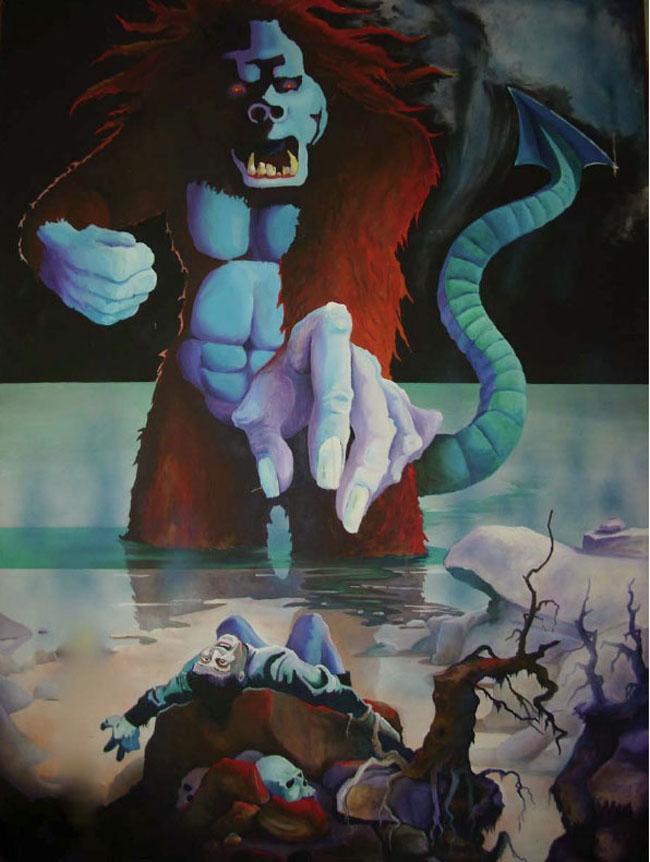

![On Wednesday, Jan. 8, NKC Schools student Ryker Nakahodo begins to shovel his driveway by throwing it atop a pile. He did all this in the hope that shoveling snow would earn some money. He also didn't want to change into winter gear because wanted to get out there and do a quick job. “Because I don't want my Mom to slip and die in the car or Silva [our neighbor]," Nakahodo said.](https://northmennews.com/wp-content/uploads/2025/01/nakahodonikolas_26090_25301658_IMG_3107-1200x900.jpg)
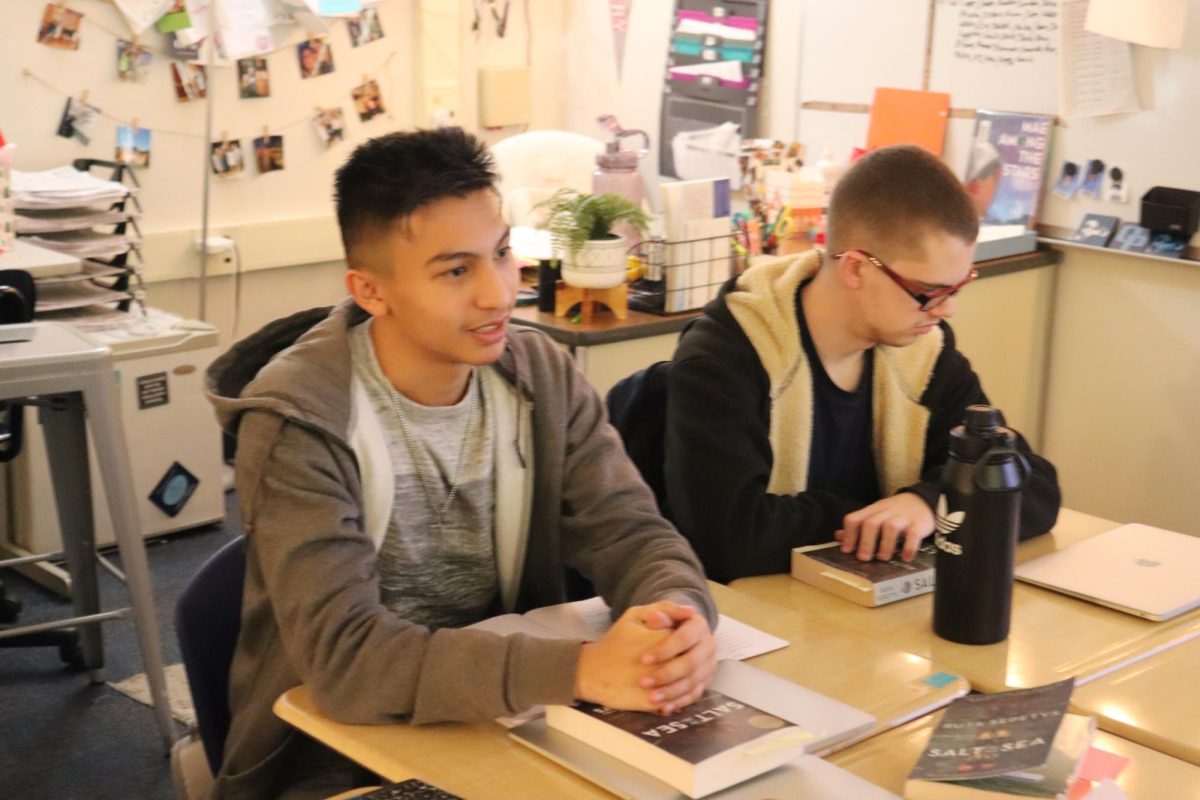

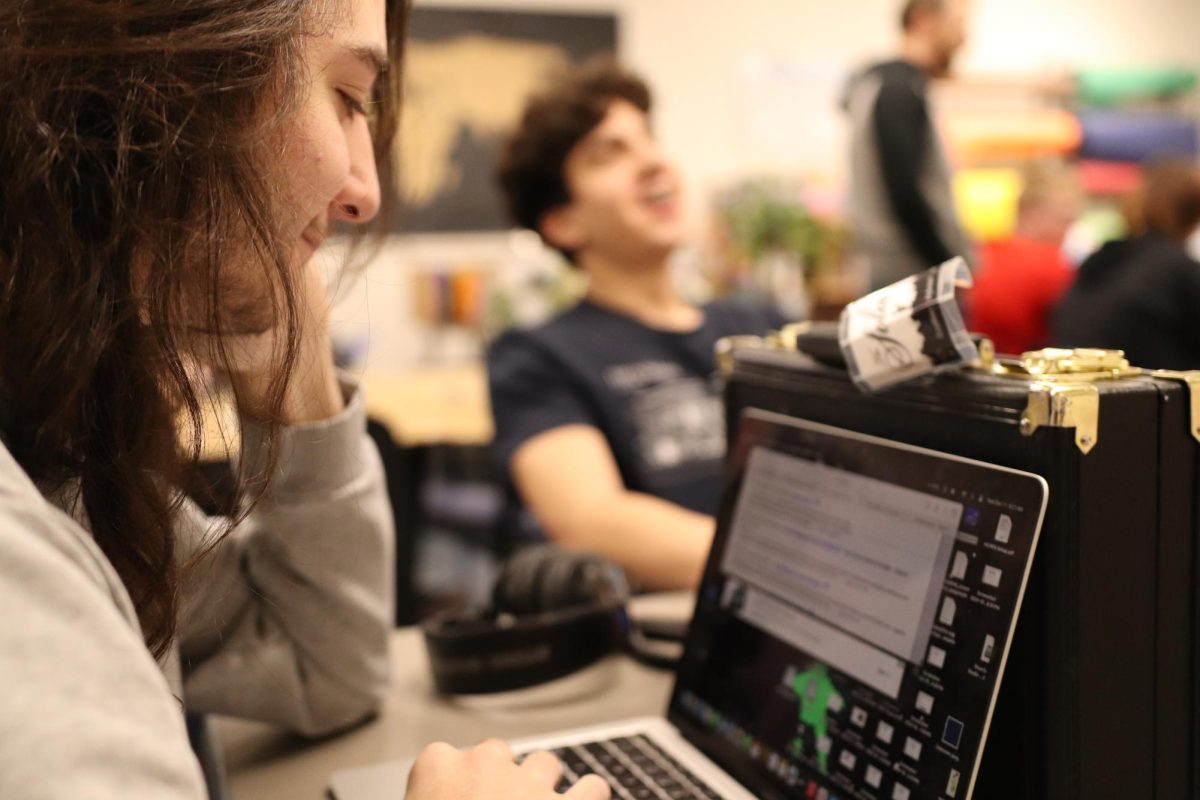
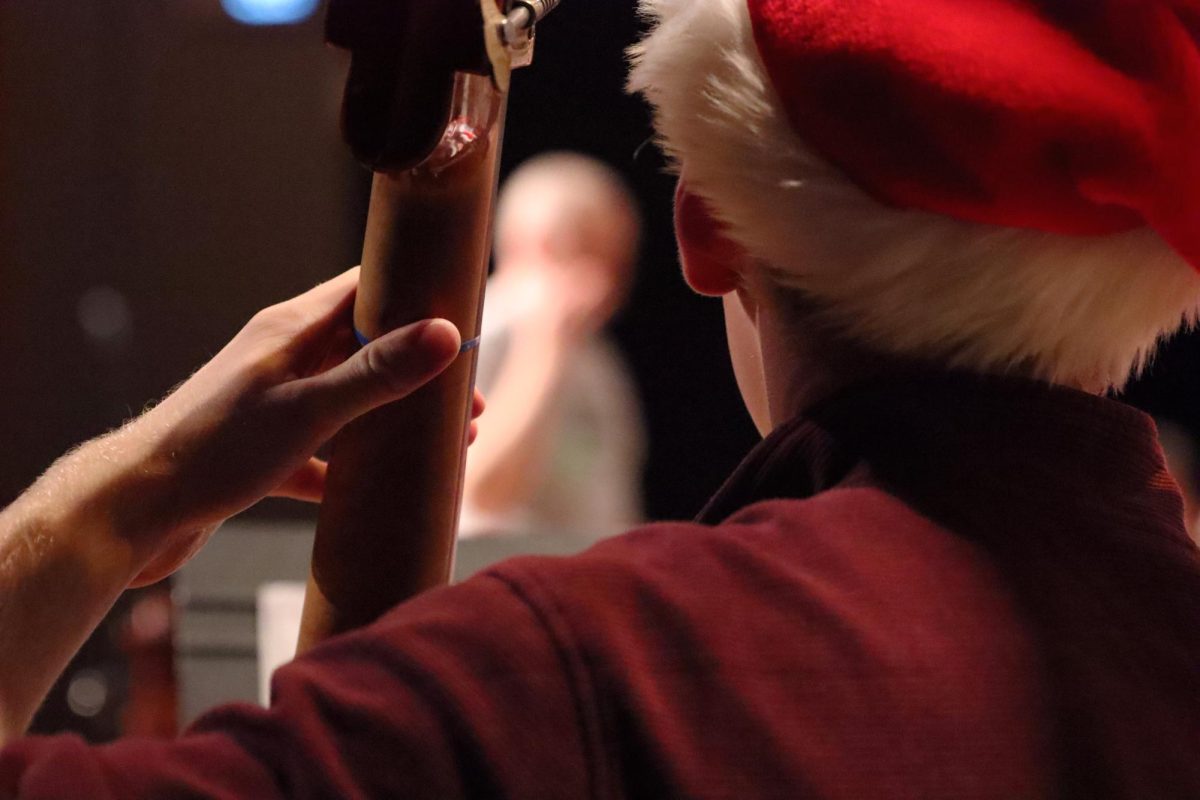
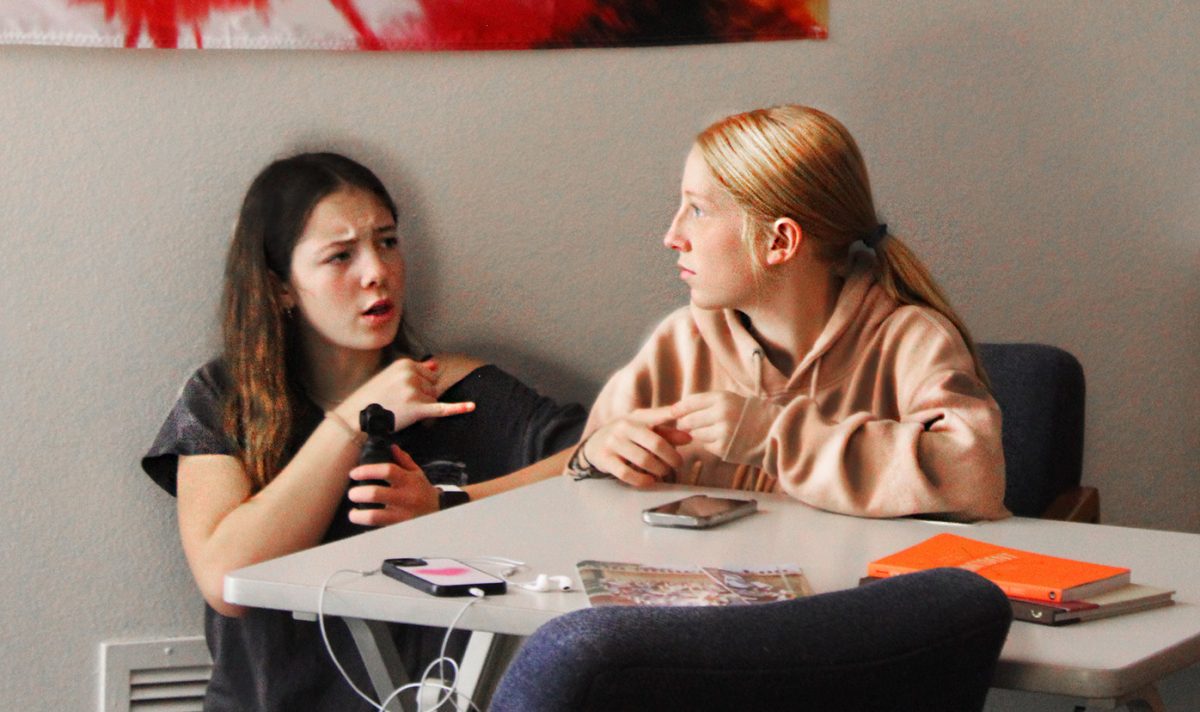
Revena • May 18, 2024 at 8:35 am
I loved Barry Kennedy. I’m a 1970 graduate from OPHS. Mr Kennedy taught me how to paint with heart and soul and not just with my eyes.
John Moore • Mar 9, 2020 at 8:29 pm
Mr. Knapp I am a 1979 graduate of Oak Park high I have been following the saga of your incredible work. The Hall Monster I will spare you the story of what this painting means to me I really want to know if it is for sale? Thank you John Moore
Gerry Santora • Jan 28, 2013 at 8:55 am
Former student trying to reach Jason Knapp. Are you the Jason Knapp that taught at UNM in the eighties?
Gerry Santora • Jan 28, 2013 at 8:55 am
Former student trying to reach Jason Knapp. Are you the Jason Knapp that taught at UNM in the eighties?